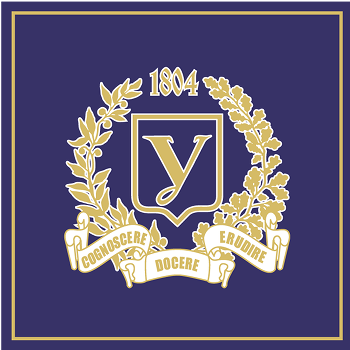Michaeli E.
- 2017-3-4-:28
Environmental differences of land creation in time interval for determination of industrial influence on landscape
The assessment of the spatial structure the land cover has great significance for the research of landscape especially from the aspect of the maintaining landscape ecological stability and the sustainable development as well as the landscape potential. At the same time it has an important role in identifying of impacts the industry on the landscape. The classes of land cover layers can be considered as the basis for other analyses of landscape. Purpose.: In the contribution we decided to compare the changes in landscape structure between the years 1958 - 2009 in territory of city Krompachy. Methods: field, analytical and mathematical. Results: For evaluating changes in the landscape structure we used topographic map from 1958 and orthophotomaps of the actual situation in 2009. The changes in the landscape structure were evaluated through GIS technologies in time horizon 1958 - 2009. Absolute and percentage differences in the land cover classes for the time horizon 1958 - 2009 are expressed by means of contingency tables transformation. The trends in the development classes of land cover are documented by the graph of the land cover classes on the second hierarchical level.
- 2014-3-4-:22
The landfill of industrial waste from nickel production and its impact on the landscape (case study from Sereď in Slovak republic)
The landfill of waste from nickel production is situated to the south of Sereď in Slovak Republic. The landfill area covers around 50 ha. Volume is in present day 5.5 - 6.5 mil. [t] and in 1993 it was about 9 mil.[t]. The land-fill was formed during 30 years of manufacturing process, which was stopped due to the economic and ecologi-cal reasons in 1993. The pollution of base rocks, underground waters, soils and air pollution was noticed during production in the Nickel smelting plant and continues up to the present days. In this paper we focused on the current structure on the landfill of waste from nickel production and its impact on the environment. Physical and chemical properties of the waste are responsible for the creation of a specific ecosystem, not peculiar to the natural landscape, which negatively affects the quality of the environment. It is proposed to reduce waste using microwave vitrification method, although it is very expensive, but the most effective, because procedure in converting waste glass provides high chemical stability and water resistance.

